The 'Baap' Of Bermuda Triangle: This Mysterious Triangle Has Eaten Alive Over 20,000 People, Flight And What Not; Would You Dare To Visit?
The Alaska Triangle has seen over 20,000 mysterious disappearances since the 1970s, far surpassing the Bermuda Triangle in both scale and intrigue. This remote and rugged area remains a hotbed of unexplained vanishings, leaving many cases unresolved.
)
Everyone’s heard about the Bermuda Triangle and its spooky reputation, but let’s not forget the Alaska Triangle, which might just be the Bermuda Triangle’s bigger, more mysterious sibling. Since the 1970s, this icy, foggy corner of the world—spanning Anchorage, Juneau, and Utqiagvik—has been on a roll with unexplained disappearances. Over 20,000 people and aircraft have vanished here, making the Bermuda Triangle look like a walk in the park compared to this chilling, enigmatic expanse.
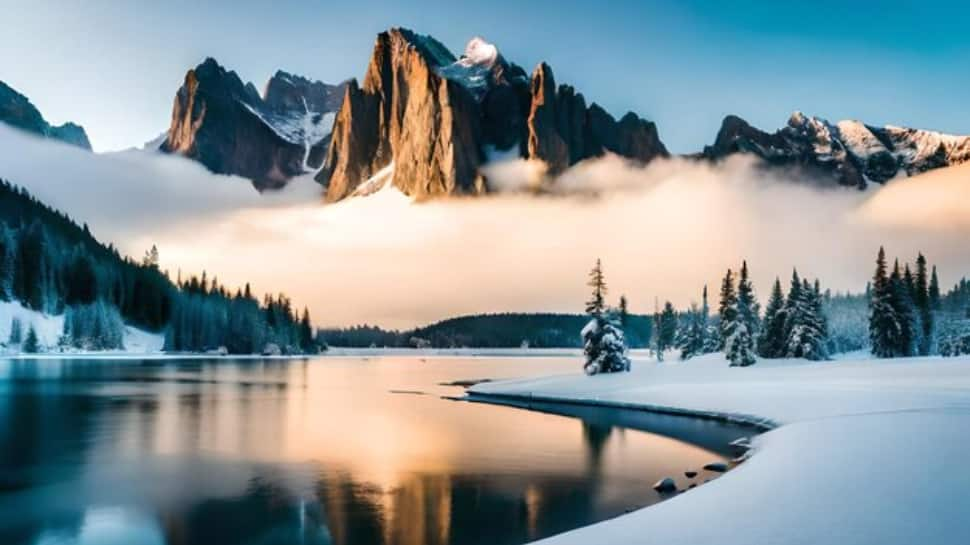
The Alaska Triangle became well-known after an incident on October 16, 1972. A plane carrying U.S. Congress Majority Leader Thomas Hale Boggs Sr., Alaska Congressman Nick Begich, and two others disappeared. Despite a massive search that lasted 39 days and covered thousands of kilometers, no wreckage was found. This event made people take notice of the strange pattern of disappearances in the area.

Although it's not a specific administrative zone, the Alaska Triangle refers to the vast wilderness between Utqiagvik, Anchorage, and Juneau. Since the 1970s, over 20,000 people have gone missing in this area, which is much higher than the Bermuda Triangle's numbers. Despite search efforts, many cases remain unsolved, adding to the mystery.
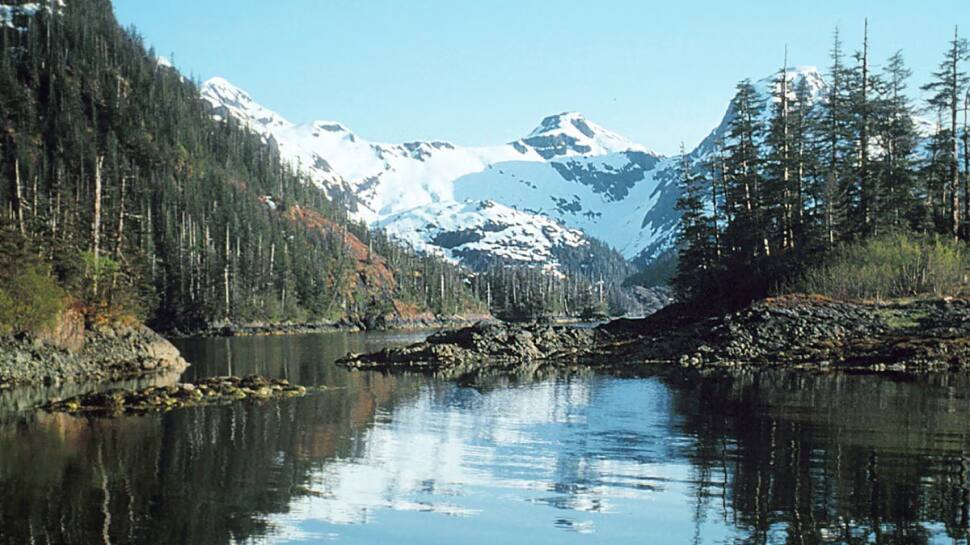
Researchers have explored the Alaska Triangle for years, but many disappearances are still unexplained. In one documentary, they reported two people vanishing during their study—one from a cruise ship and another from a busy tourist spot. Even though others were present, these people disappeared without a trace.
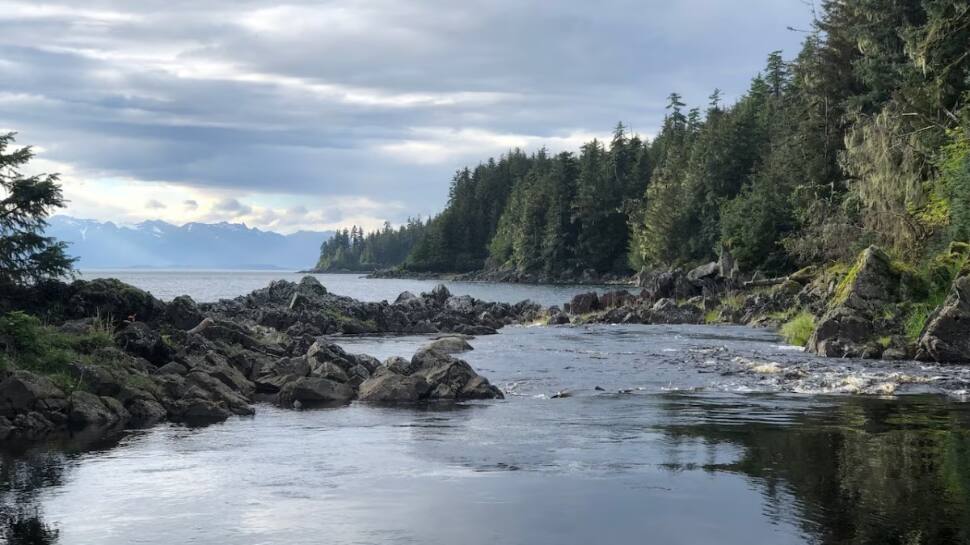
One well-known case is the disappearance of Gary Frank Southerden, a New Yorker who went missing in the 1970s while hunting. His skull was found in 1997 along the Porcupine River, and DNA testing in 2022 confirmed it was his. It’s believed he might have been attacked by a bear, but there are still unanswered questions.
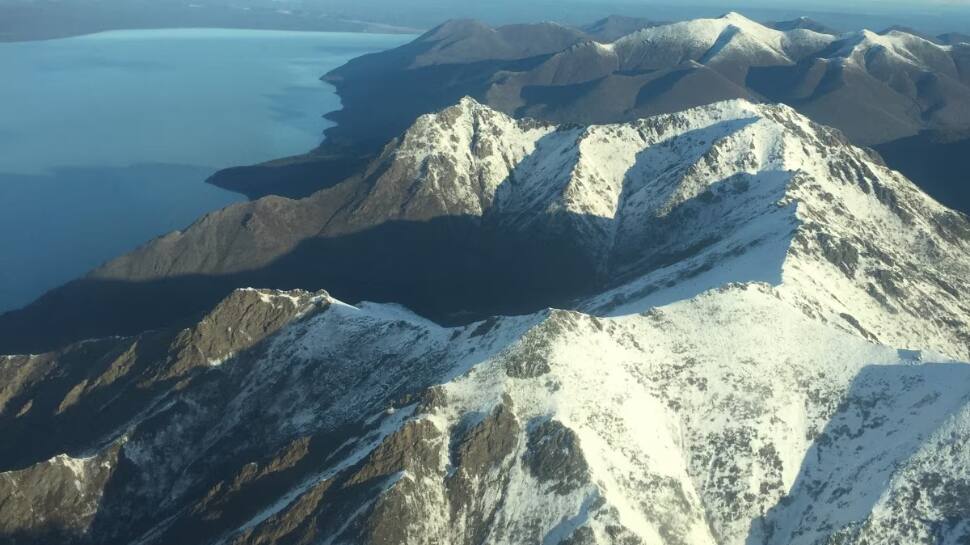
Every year, about 2,250 people go missing in the Alaska Triangle, which is twice the national average in the U.S. The high number of disappearances has led to many theories, including strange magnetic forces and alien involvement. However, none of these theories have been proven.
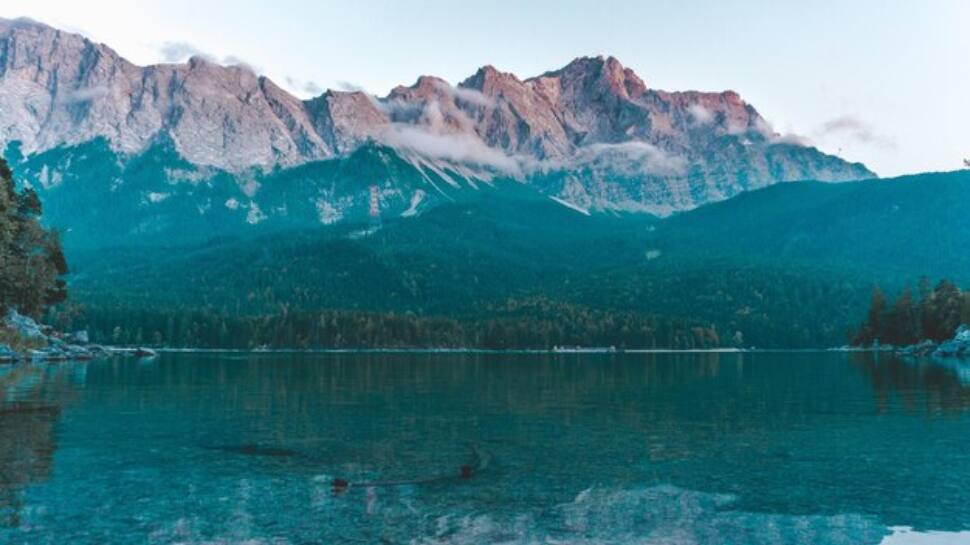
Experts believe the disappearances may be due to the extreme remoteness of the Alaska Triangle. The area is covered in dense forests, deep valleys, and rugged terrain, making search and rescue efforts difficult. Many people who go missing are likely never found because of these harsh conditions.
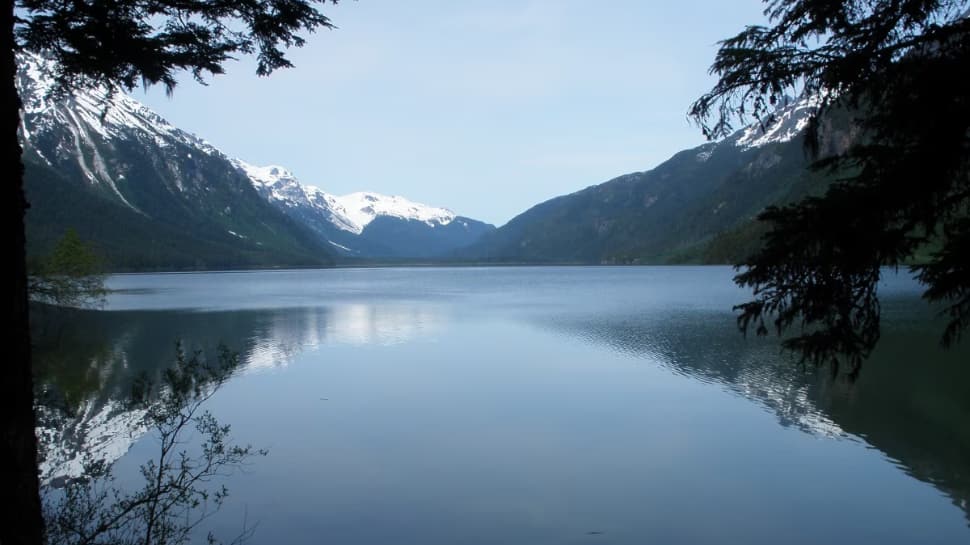
Despite all the investigations, the Alaska Triangle remains a mystery. With its dangerous landscapes and unexplained vanishings, it continues to be one of the most puzzling places in the world. Whether due to nature or other unknown forces, the disappearances in the Alaska Triangle remain unsolved.
Trending Photos








